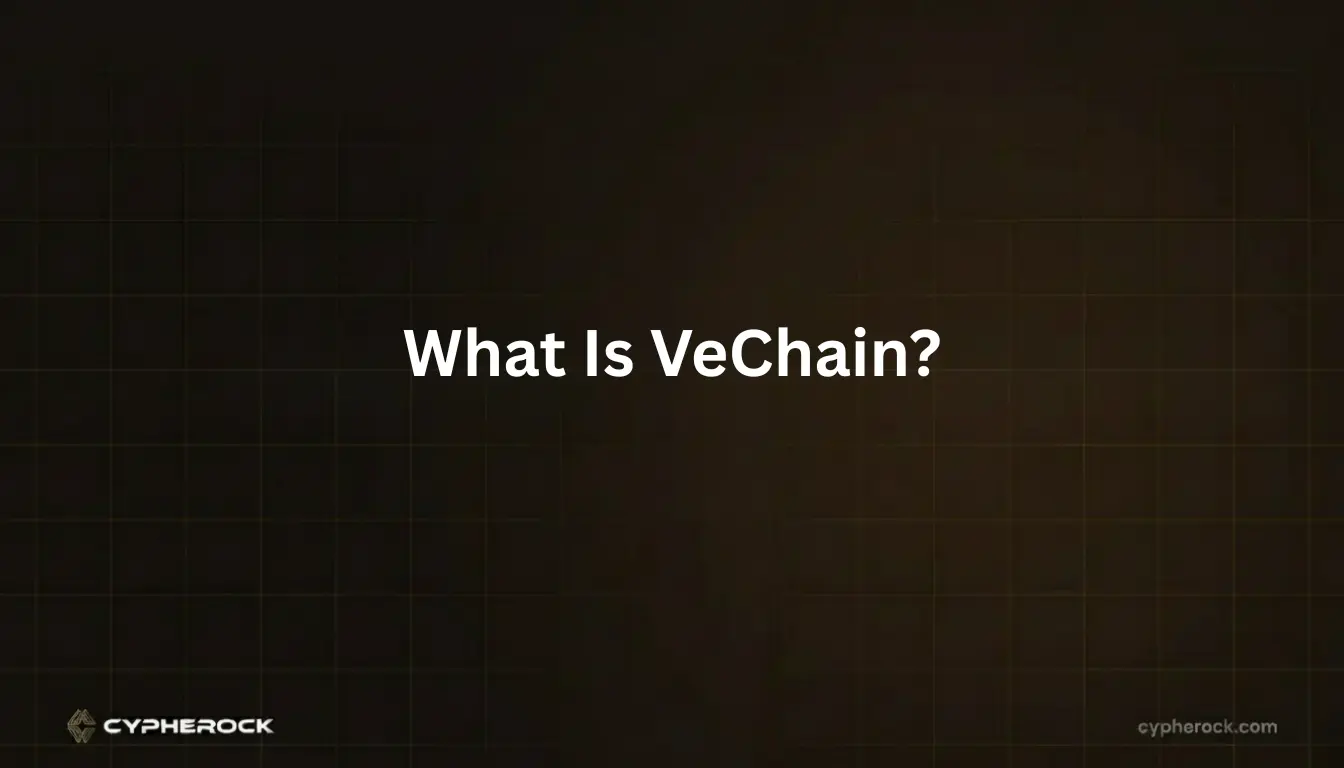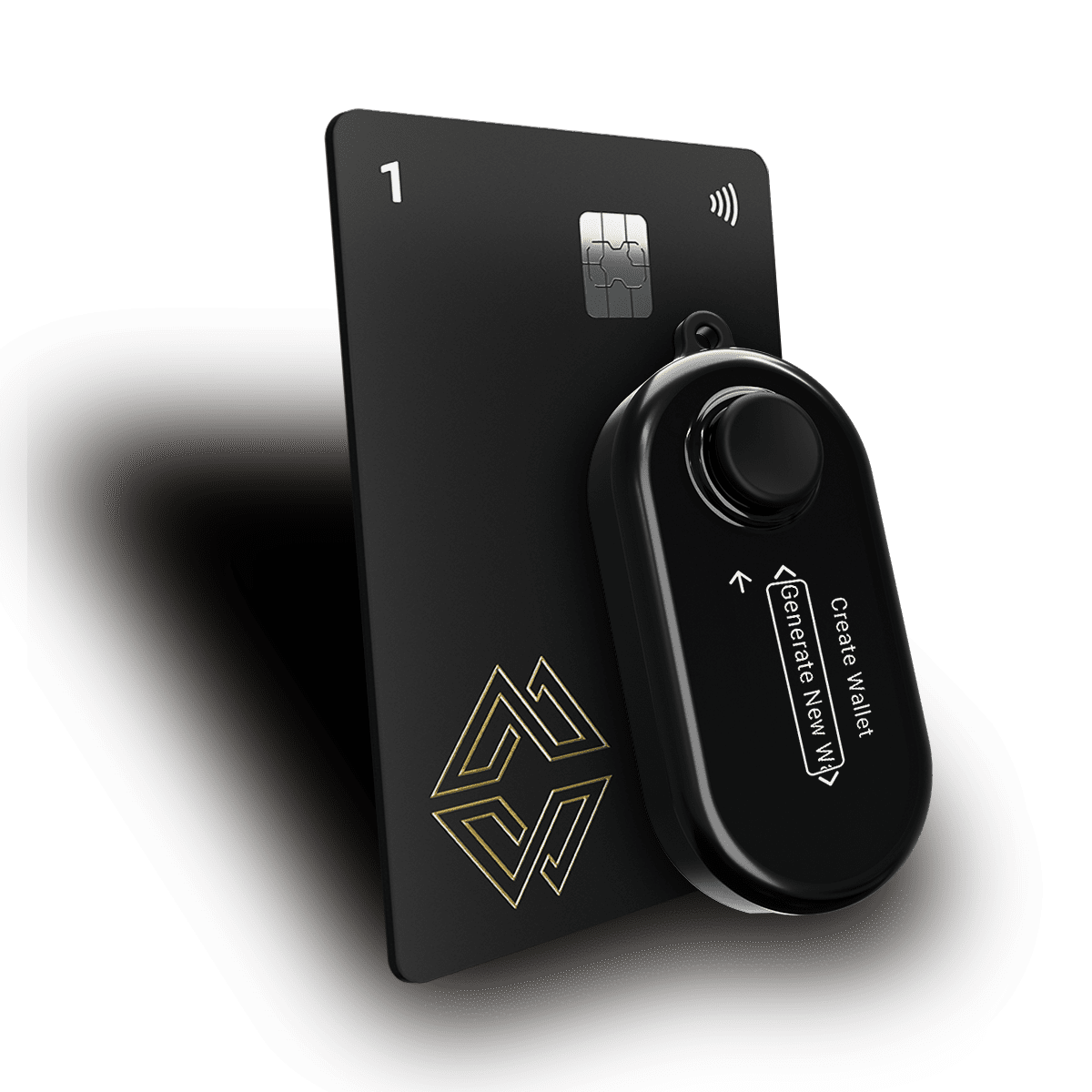

The VeChain blockchain has quickly become one of the most practical examples of how distributed ledger technology can transform real-world industries. While most blockchain projects focus on financial use cases, VeChain is uniquely designed to improve supply chain management, product traceability, and enterprise data integrity.
Businesses across manufacturing, logistics, and retail use VeChain to ensure product authenticity, monitor goods through every step of production, and achieve sustainability transparency.
This 2025 guide will help you understand:
VeChain is a Layer-1 blockchain platform built to enhance business efficiency through decentralized data sharing and traceability. The core network, known as VeChainThor, provides a reliable foundation for enterprises to deploy decentralized applications (dApps) with predictable fees and high scalability.
The VeChain blockchain operates with two tokens:
In essence, VeChain bridges blockchain and enterprise logistics connecting supply chain transparency with the immutability and security of blockchain technology.
The VeChain blockchain was founded in 2015 by Sunny Lu, former Chief Information Officer of Louis Vuitton China. Originally developed under Bitse, one of China’s earliest blockchain firms, the project rebranded to VeChain in 2017 with a mission to integrate blockchain into real-world business systems.
The goal of VeChain is clear to deliver transparency, traceability, and trust for global enterprises. PwC, one of its long-term partners, publicly stated that VeChain’s blockchain applications improve efficiency and reduce fraud in supply chain operations.
Whether you call it VeChain, vchain, or simply VET coin, its mission remains the same: enabling trust between businesses and consumers through blockchain-based proof of authenticity.
The VeChain blockchain is engineered for scalability and efficiency, using enterprise-grade architecture to support thousands of daily transactions without compromising security.
Unlike typical blockchains that use account-based models, VeChainThor employs an object-oriented model that treats every data point as a “digital asset.” This makes it ideal for supply chains, where each item from a luxury handbag to a food package can have a digital twin recorded on-chain.
Every transaction on VeChain includes metadata and smart tags (RFID, QR, or NFC) that ensure real-time traceability. This level of granularity allows companies to monitor inventory, authenticity, and environmental impact.
The VeChain blockchain operates on a Proof of Authority (PoA) consensus mechanism. Instead of anonymous miners, 101 Authority Masternodes validate transactions. Each node operator undergoes KYC verification and is approved by the VeChain Foundation, ensuring regulatory compliance and accountability.
| Mechanism | Description | Pros | Cons |
| PoW (Bitcoin) | Energy-intensive mining | Decentralized | High energy use |
| PoS (Ethereum) | Stake-based validation | Efficient | Wealth concentration |
| PoA (VeChain) | Verified authority nodes | Enterprise-ready, low cost | Centralization risk |
This hybrid approach allows VeChain to maintain decentralization while ensuring stability and fast block finality a must for corporate clients.
Another innovation of VeChainThor is its meta-transaction framework. Companies can pay transaction fees on behalf of their users a crucial usability feature for mainstream adoption.
For example, a retailer could let customers verify product authenticity on the vechain blockchain without holding any VET coin themselves.
VeChain also supports controllable lifecycle management (scheduling transactions) and transaction dependency, allowing complex business workflows to execute seamlessly.
In short, VeChain is not just another crypto project it’s a full-fledged enterprise blockchain with practical usability baked in.
The VeChain blockchain uses a dual-token model to balance stability and functionality across its ecosystem.
VET coin serves as the store of value and governance token for VeChainThor. Holding VET allows users to vote on network proposals and generate VTHO passively.
VET tokens are often referred to as vchain tokens by some exchanges, but they all serve the same purpose representing ownership and participation in the VeChain ecosystem.
VET can be staked or delegated to earn additional rewards and help maintain network security.
VTHO (VeThor Token) powers smart contracts and transactions. Every operation on the VeChain blockchain consumes VTHO, ensuring predictable fees for enterprises.
The VeChain Foundation can adjust VTHO generation rates to stabilize transaction costs something that sets VeChain apart from volatile fee markets on Ethereum.
The dual-token model allows VeChain to decouple value transfer (VET) from network utility (VTHO). This structure ensures consistent gas prices, enabling businesses to forecast costs effectively.
| Token | Purpose | Supply | Function |
| VET | Value transfer, governance | Fixed | Generates VTHO |
| VTHO | Gas, transaction energy | Variable | Powers transactions |
This predictable fee model is one of the main reasons enterprises trust VeChainThor for real-world operations.
VeChain has established itself as the go-to blockchain for combating counterfeit goods. By linking digital identities to physical products through QR codes, NFC, or RFID chips, companies can track items from production to retail shelves.
Luxury brands, food producers, and pharmaceutical companies use VeChain to provide verifiable proof of authenticity. Customers can scan product labels and view complete supply chain histories on the VeChain blockchain.
A major example is Walmart China, which partnered with VeChain to implement a blockchain-based food traceability system. The system tracks over 20 product categories, ensuring transparency for consumers and regulators alike.
According to DNV reports, VeChain’s solution improved food safety traceability efficiency by over 40%.
VeChain integrates IoT sensors to collect and record data such as temperature, carbon emissions, and logistics movement.
Case Study:
In partnership with DNV, VeChain launched a carbon tracking platform that allows companies to record and share their carbon footprint transparently. By 2024, this system was adopted by more than 100 enterprises globally.
From luxury goods to environmental initiatives, VeChain continues to expand its use cases across industries, proving its role as a trusted enterprise blockchain.
In short, the vchain ecosystem combines efficiency with sustainability making VeChain a practical choice for enterprise-grade blockchain deployment.
Despite its advantages, VeChain faces certain challenges.
To its credit, the VeChain Foundation continuously audits code, expands validator diversity, and engages in transparency initiatives to address these concerns.
You can purchase VET coin on major exchanges such as Binance, KuCoin, and OKX, as well as select decentralized exchanges that support cross-chain swaps.
Supported wallets include VeChain Sync, Trust Wallet, and hardware wallets such as Ledger and Trezor.
For the best protection, store your assets in Cypherock X1, a next-generation cold wallet designed for decentralized key management and maximum security.
By simply holding VET, users earn VTHO automatically. The generation rate depends on the amount of VET held and can be monitored within your wallet. Always verify VTHO balances before transferring funds to exchanges.
Looking ahead, VeChain plans to expand its ecosystem across sustainability, DeFi, and data tokenization. The VeChain Foundation is developing new tools for Web3 integration and enterprise data management on the vechain blockchain.
Analysts predict that VeChain will play a major role in carbon footprint verification and global trade traceability initiatives. Its continued collaboration with DNV, PwC, and public sector agencies ensures its position as one of the most enterprise-ready blockchains.
In 2025 and beyond, vchain will likely evolve toward even greater interoperability with cross-chain solutions and real-world data oracles.
Q1: What is VeChain used for?
VeChain is used to improve supply chain transparency, trace product authenticity, and enhance sustainability reporting for enterprises.
Q2: How does VET differ from VTHO?
VET represents value and governance power, while VTHO serves as energy or “gas” for the vechain blockchain.
Q3: Is VeChain centralized?
VeChain uses a Proof of Authority system with 101 verified validators. While this ensures efficiency, it introduces some centralization compared to PoS networks.
Q4: Can I stake VET tokens?
Yes, holders of VET coin can stake their tokens to generate VTHO and participate in governance.
Q5: How do I secure my VET holdings?
Always use a trusted hardware wallet such as Cypherock X1 for maximum security and offline protection.
VeChain continues to redefine what blockchain can achieve for real-world businesses. Through its scalable VeChainThor architecture, dual-token model, and enterprise-first design, it enables traceability, sustainability, and transparency at scale.For users, understanding VeChain is understanding the next phase of enterprise blockchain adoption. Whether you’re holding VET coin for investment or using vchain technology for business solutions, one rule remains constant security first. Buy Cypherock X1, the best cold wallet in the crypto industry.

